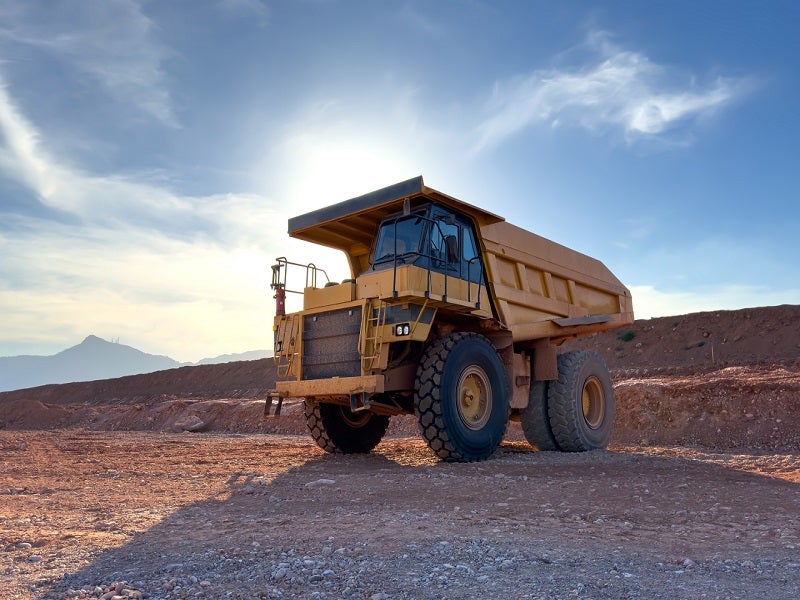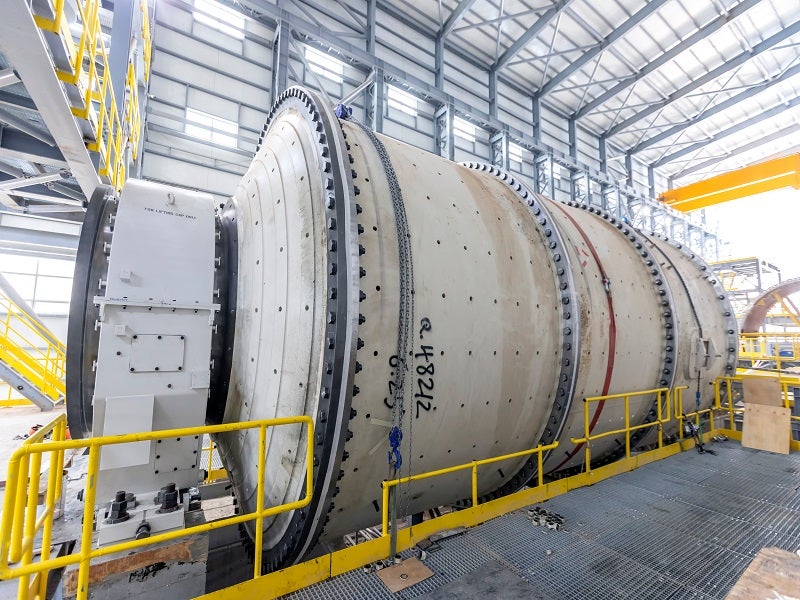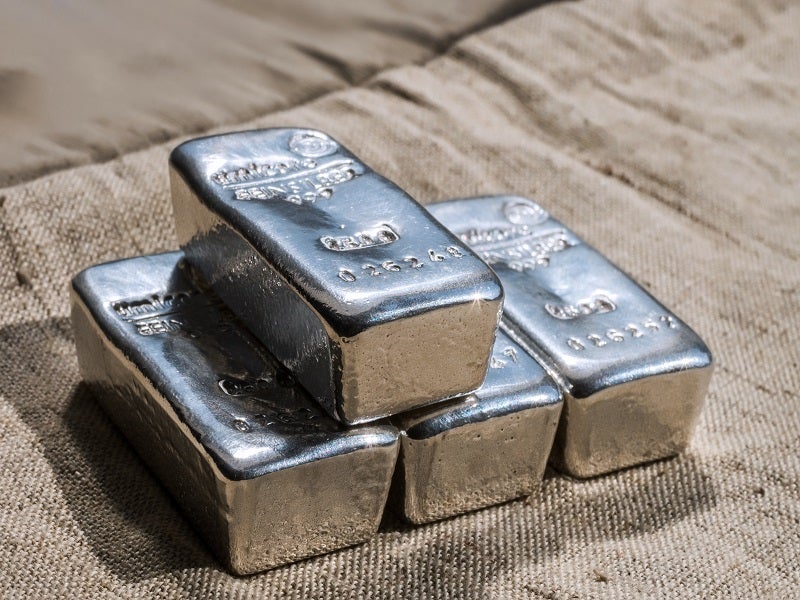The Silver Sand project is an open-pit silver mining development situated near Potosí in Bolivia, undertaken by the Canadian exploration and development company, New Pacific Metals.
Silver Sand has a rich history as a mining site, discovered in the mid-1500s, with silver extraction by Spanish colonial settlers commencing in the early 16th century and persisting until the 19th century.
A preliminary economic assessment (PEA) of the project was concluded in January 2023, and the results of a pre-feasibility study (PFS) were announced in June 2024.
The project is projected to require an investment of approximately $358m for a life of mine (LOM) spanning 13 years.
The Silver Sand project is forecast to yield an annual silver output exceeding 15 million ounces (moz) in the first three years, with a LOM average surpassing 12Moz.
Silver Sand Project location
The Silver Sand Project is positioned approximately 35km north-east of the renowned Cerro Rico silver and base metal mineral system, in the vicinity of Potosi, south-west Bolivia.
The property covers an area of 5.42km², with the Silver Sand deposit situated within a 3.17km² Administrative Mining Contract (AMC) area.
Geology and mineralisation of the Silver Sand project
The geology of the project area predominantly comprises Cretaceous sedimentary bedrock units, including the lower La Puerta Formation and the upper Tarapaya Formation.
The La Puerta Formation consists of sandstones unconformably overlying highly folded Paleozoic marine sedimentary rocks. The Tarapaya Formation, which conformably overlies the La Puerta sandstones in the central part of the property, is composed of siltstones and mudstones with intermittent layers of sandstone.
Silver mineralisation is found within faults, fractures, fissures, and crackle breccia zones in the brittle Cretaceous La Puerta sandstone and porphyritic dacitic dikes, laccoliths, and stocks. Four types of mineralisation have been identified on the property: sandstone-hosted silver, dacitic porphyry-hosted silver, hydrothermal breccia-hosted silver, and manto-type tin and base metal mineralisation.
Reserves at Silver Sand
The proven and probable mineral reserves at Silver Sand are estimated at 52 million tonnes (mt), grading 105g/t silver, totalling 175.4moz of silver metal content, as of July 2024.
Mining methods at Silver Sand project
The Silver Sand deposit will be developed using a conventional open-pit method, with mining operations conducted by a contractor. The mining operations will involve drilling and blasting, followed by loading with hydraulic excavators and transportation by off-highway rear dump haul trucks.
The project includes a two-year pre-production phase entailing the movement of 28mt of material, with open-pit mining projected to begin in the second year. Peak open-pit production, anticipated in the eighth year, is expected to involve the mining of 18mt of material. Over the LOM, a total of 52mt of ore is expected to be extracted from open-pit operations.
Ore is projected to be transported to a crusher or to run-of-mine (ROM) stockpiles, while waste is expected to be deposited in external and in-pit waste rock dumps.
Ore processing
The ROM ore will be subjected to primary crushing, followed by grinding in a semi-autogenous grinding (SAG) and ball mill. The slurry discharged from the SAG and ball mill will undergo cyanide leaching with a resident time of over 72 hours.
The leached product will be conveyed to the counter-current decantation (CCD) circuit, where solids will be washed with a barren solution. The pregnant leach solution from the CCD will be thickened and directed to the zinc precipitation circuit.
The zinc precipitation circuit will employ the Merrill-Crowe process to produce a zinc precipitate filter cake, which will undergo further treatment to remove copper, resulting in a product that will be smelted to produce the final silver doré.
Tailings from the CCD circuit will be thickened and filtered with pressure filters before being transported to the tailings storage facility (TSF). Upon mine closure, it is anticipated that the TSF will be sealed with rock and reclaimed topsoil to ensure a secure facility.
Silver Sand site infrastructure
The property is accessible from Potosí via a 54km road, which includes a 27km stretch of the paved Bolivia National Highway 5 and an all-season gravel road constructed for mining in the Colavi District.
The project is estimated to require up to 35MW of power for operations, which is expected to be supplied from the national electricity grid.
Process water is projected to be sourced from the water reservoir adjacent to the processing plant and recycled water from the TSF, supplemented by site runoff as necessary.
Contractors involved
AMC Mining Consultants (Canada) was commissioned to conduct the PFS for the Silver Sand project. The company was responsible for the estimation of mineral resources and reserves, including mining, infrastructure, and financial analysis of the project.
Mining and metallurgical services provider Halyard was engaged for the metallurgy and processing studies and design.
NewFields, an environmental, engineering, and construction management consulting company, was responsible for the studies on tailings, water, and waste management.






